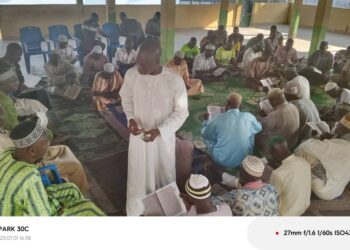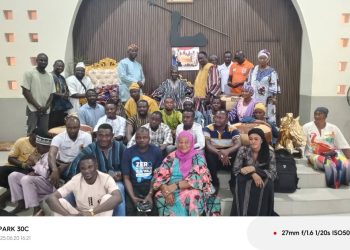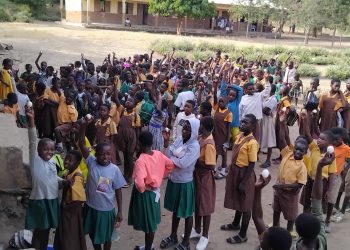
Ghana’s population has increased from 24.7 million in 2010 to 30.8 million in 2021, according to provisional results from the 2021 Population and Housing Census released by the Ghana Statistical Service.
The 2021 PHC is expected to provide comprehensive and reliable data to both the private and public sectors to inform policy and programme formulation to spur economic growth and development. The data collected on socioeconomic and housing conditions will allow for the identification of vulnerable individuals, groups, and households for targeted policy and programme intervention.
Provisional figures of the regional distribution by the Ghana Statistical Service shows that Greater Accra Region is now the most populous region in Ghana, overtaking the Ashanti Region
which has been the most populous region since 1970. Ashanti Region closely follows as the second most populous region.
These regions are both almost twice (1.9) times the size of the third most
populous Region, Eastern Region.
The Central Region is now the fourth most populous region following the splitting of the former Western, Brong Ahafo and Northern Regions who were all more populous than Central Region in
2010. The four most populous regions make up over half (54%) of the total population.
The Ahafo Region is the least populous region taking the place of the Upper West which had been the least populous in all the previous post-independence censuses. The Savannah and North East
Regions are the second and third least populous regions respectively.
Disparities in the population size across region have been the largest observed since 1960 when Ghana conducted its first post-independence census. In 1960, the most populous region, Eastern,
was almost five times (4.63) the size of Upper West, the least populous. In 2010, the most populous region, Ashanti was almost seven times (6.81) the size of the least populous, Upper West. In 2021,
the two most populous regions, Greater Accra and Ashanti, are almost 10 times (9.6) the size of Ahafo, the least populous.
There are 11 other regions that are at least twice as populous as Ahafo,
and six that are thrice as populous. For Savannah and North East, there are seven other regions twice as populous and five that are thrice as populous.
The current Northern Region observed the largest change in population with an almost 50% increase over its population in 2010. The two other regions that made up the then Northern Region in 2010,
North East and Savannah, had the second and third largest intercensal increases (41.7% and 38.4%) respectively. The next highest change recorded was in Greater Accra with an addition of
35.8%.
The Eastern Region, followed by the Volta Region, recorded the lowest intercensal change (adding 10.8% and 11.4% respectively to their populations). The range of these figures highlight the
regional disparities in population change from the previous censuses.
The population has increased by 6.1 million from the 24.7 million recorded in 2010, constituting an annual intercensal growth rate of 2.1%. This rate is less than what was observed in the previous intercensal period (2000 – 2010: 2.5%) and is the lowest observed since independence. At this rate,
the country ‘s population will double within 33 years. And by 2050, the population of Ghana would be over 50 million.
The sex ratio of 97 males for 100 females in 2021 represented a slight increase over the sex ratio of 95 recorded in 2010.
The 1960 census is the only post-independence census which recorded more males than females (102 males to 100 females) . Since then, sex ratios have declined until the uptick
observed in 2021. Regional sex ratios in the 2021 PHC range from 91 males for every 100 females in the Volta Region to 105 males to every 100 females in the Western North Region, and these rates are consistent with the findings from the 2010 Census where the then Volta Region had the lowest
sex ratio of 89 with the then Western Region recording the highest of 104.
The total number of households has grown by 2.8 million (representing a 52% increase) over the
5,467,136 households enumerated in 2010.
Household size declined by 0.8, from 4.4 in the 2010 census. A similar decline of 0.9 was observed between the 2010 and 2000 censuses.
The population density at the national level increased by 26 persons per square kilometre over the 103 recorded in 2010.
The 2021 PHC is the first time that data was collected on all structures regardless of use.
Previous censuses only collected information on structures used for residential purposes. The 2010 PHC
recorded 3.4 structures for residential use, which is 2.5 million less the 5.9 counted in 2021.
Source: yagbonradioonline









